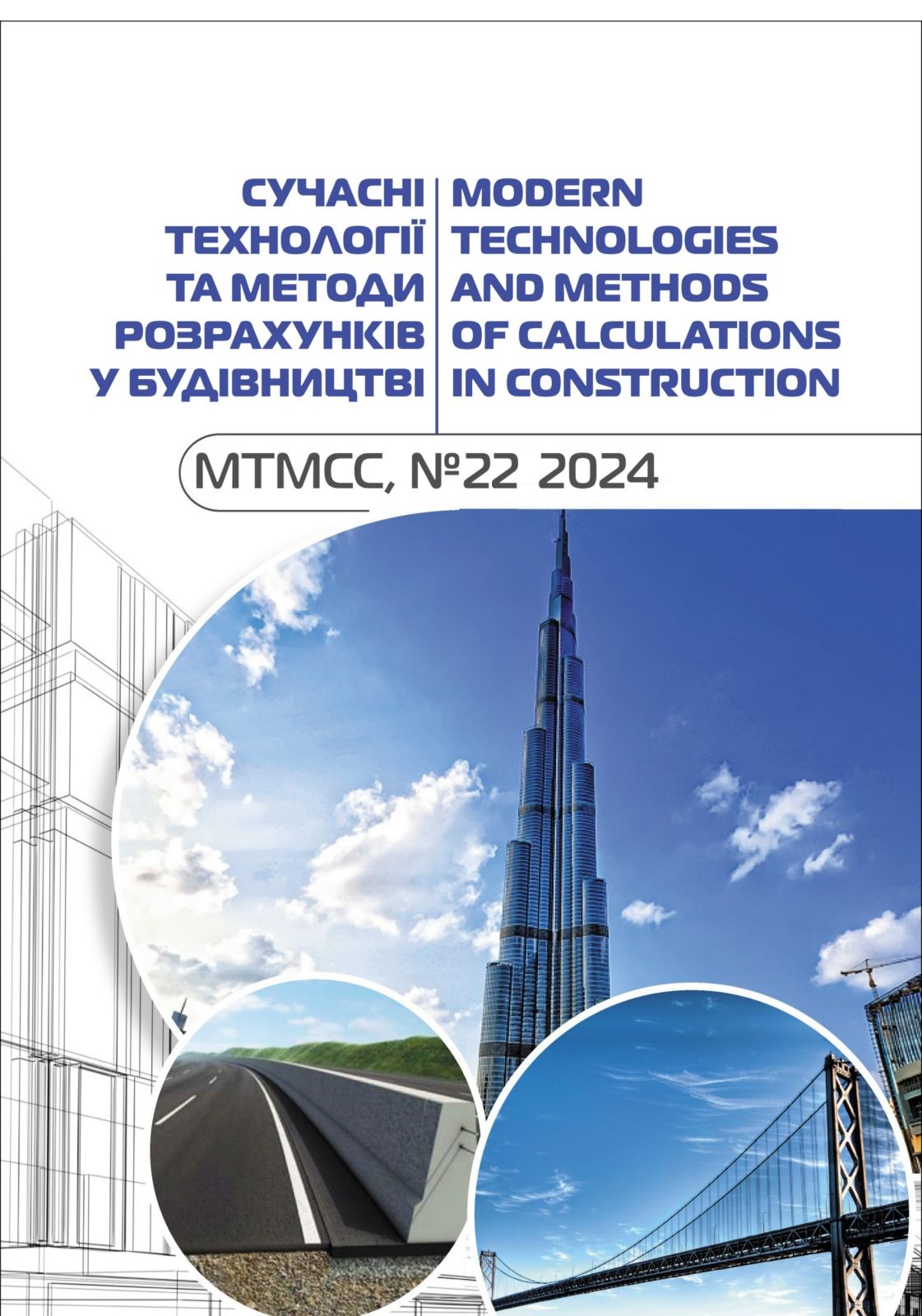Improvement of the method for determining the necessary heat transfer resistance of building enclosures
Abstract
The study was carried out with the aim of developing a method of more precisely determining the required heat transfer resistance of building envelope, taking into account the climate conditions of their operation and permissible heat losses. The methodology is based on the dependence of heat loss on the heat transfer resistance and the mutual relationship between the number of heating degree days determined for different values of the air temperature in the premises.
The administrative-territorial zoning of Ukraine by the number of heating degree days at an indoor air temperature of +20°C is based on the published results of meteorological observations at 367 weather stations located at an altitude of up to 400 m above sea level. For each of the oblasts of Ukraine, Autonomous Republic of Crimea, and separately for the South Bank of Crimea, regional values with zoning coverage of 0.9 and 0.95 are set. In order to reduce the spread of data across the territory, the Odesa region and the Southern coast of Crimea are divided into groups of administrative districts.
The effect of using the proposed method of determining the heat transfer resistance of building envelopes is analyzed on the example of the walls of residential buildings. The walls are designed for the climate conditions of 24 regional centers of Ukraine, Simferopol, the capital of Crimea, and Yalta, located on the southern coast of Crimea. The results of the experimental design showed that when designing according to DBN B.2.6-31:2021, the values of the required heat transfer resistance of the walls within the territory of Ukraine differ by only 14%, and the difference in heat loss through the designed walls in different cities reaches 89%. When designing according to the proposed method, the values of the required heat transfer resistance of the walls within the territory of Ukraine differ by 2.17 times, due to which the territorial variability of heat losses decreases to 20%.
The proposed method contributes to the equalization of heat losses through the building envelopes on the territory of Ukraine due to the differentiation of the necessary heat transfer resistance of the envelopes by region. The significant influence of the permissible amount of heat loss on the required value of the heat transfer resistance of the envelopes requires the determination and normalization of the permissible heat loss through the building envelopes of various types in buildings of various purposes.








